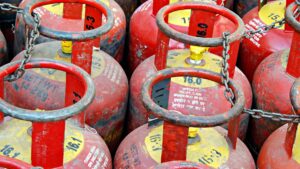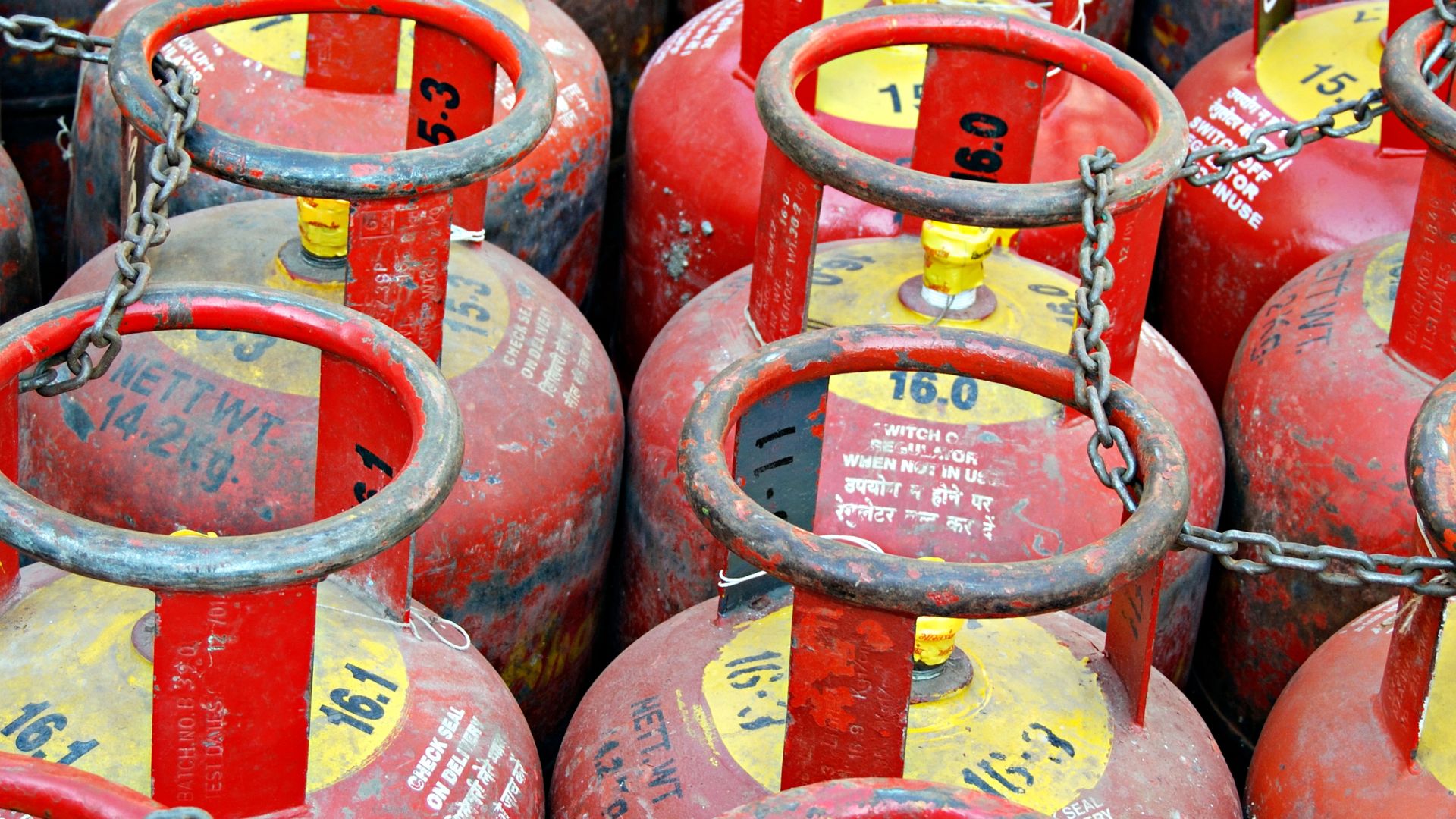 A month has passed since the price of domestic cooking gas was hiked. The hike of ₹ 50 did draw some protests, but they died out soon. In recent times, the nation has seen the greatest number of protests centred on fuel prices. It happens so often that it has lost its sheen and has become a ritual. But, the pain and pathos it creates are always real.
A month has passed since the price of domestic cooking gas was hiked. The hike of ₹ 50 did draw some protests, but they died out soon. In recent times, the nation has seen the greatest number of protests centred on fuel prices. It happens so often that it has lost its sheen and has become a ritual. But, the pain and pathos it creates are always real.
Starting at Rs 706.50 on April 1st, 2019, the price has risen by approximately 56% in the last four years. Now it is at ₹1053. Meanwhile, the subsidy on domestic LPG came down drastically: Rs 37,209 crore in 2018–19, Rs 24,172 crore in 2019–20, Rs 11,896 crore in 2020–21, Rs 1,811 crore in 2021–22, and Rs 2257 crore in 2022–23. The reduction in subsidy expenditure when the price goes up begs more explanation.
The story starts in 2015 when the Prime Minister exhorted everybody to renounce the subsidy voluntarily. “The money you forego will be used to provide LPG connections to the country’s poorest of the poor,” he promised. Soon, the Pradhan Manthri Ujwala Scheme (PMGY) was launched. Paying subsidies to the customers’ bank accounts was already implemented all over the country. Started by the UPA government and completed by the NDA government, it ended the age-old system of selling cylinders at a subsidised price upfront. The amount was fixed by the Union government from time to time. The government claims that crores of duplicate and fake accounts have been eliminated, and that this elimination, combined with voluntary subsidy abdication by many, has resulted in a decrease in subsidy expenditure. Nevertheless, there is no convincing data about how many have forgone the subsidy. There is no official figure, but a reply to an RTI inquiry says it is 1.03 crore out of 27.98 crore customers in the country. But the sharp fall in subsidy figures—from 50 to 100 to 200 percent—needs more explanation.
The Union government stopped sending subsidy money into bank accounts in the middle of covid in 2020. To the poor and the not-so-poor alike. There was neither an announcement nor any clarification. And after two years, in 2022, the government reinstated the scheme. This time, all those who were not part of the PMGY were out of the subsidy regime! Now it was only for those under the PMGY. The total beneficiaries under the scheme are 9.58 crore, as per the latest government records. A one-third reduction in subsidy recipients.
The subsidy was also limited to Rs 200 per cylinder, regardless of the selling price. Even so, a large sum of money was required. Let us take only 4 refills a year, even though the allowed limit is 12 nos. Four refills mean a subsidy of 800 rupees. That multiplied by 9.58 crore is 7664 crore. But in the last year, only 2,257 crore was spent by the government! That means the poor are not buying enough LPG cylinders. The government knows that it will come down further. The budget provision for this financial year proves it. It is a frugal 180 crore.
Data tabled in Parliament also proves it. In fiscal year 2021–2022, 9.6% of recipients took no LPG cylinder refills. That is 92 thousand people. 11.3% took only one refill. Which is 1 crore 8 lakh persons. and 56.5% took only four or fewer refills in 2021–22. The poor are not buying the subsidy cylinders. At a price of 1053 rupees, even with a 200 rupees subsidy, they still have to pay 853 rupees per cylinder. It is unaffordable for the poor.
First, a mass appeal for giving away LPG subsidies for the poor, then forcefully removing everybody except the poorest from the subsidy scheme, and finally limiting subsidies at Rs 200 all the while increasing the price at will—this is indeed the master stroke.
Centre for Financial Accountability is now on Telegram. Click here to join our Telegram channel and stay tuned to the latest updates and insights on the economy and finance.

